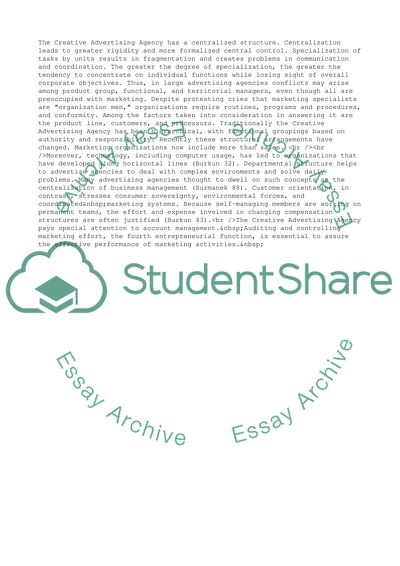Cite this document
(Project Management in Creative Industries Term Paper, n.d.)
Project Management in Creative Industries Term Paper. Retrieved from https://studentshare.org/management/1552859-project-management-in-creative-industries
Project Management in Creative Industries Term Paper. Retrieved from https://studentshare.org/management/1552859-project-management-in-creative-industries
(Project Management in Creative Industries Term Paper)
Project Management in Creative Industries Term Paper. https://studentshare.org/management/1552859-project-management-in-creative-industries.
Project Management in Creative Industries Term Paper. https://studentshare.org/management/1552859-project-management-in-creative-industries.
“Project Management in Creative Industries Term Paper”, n.d. https://studentshare.org/management/1552859-project-management-in-creative-industries.


